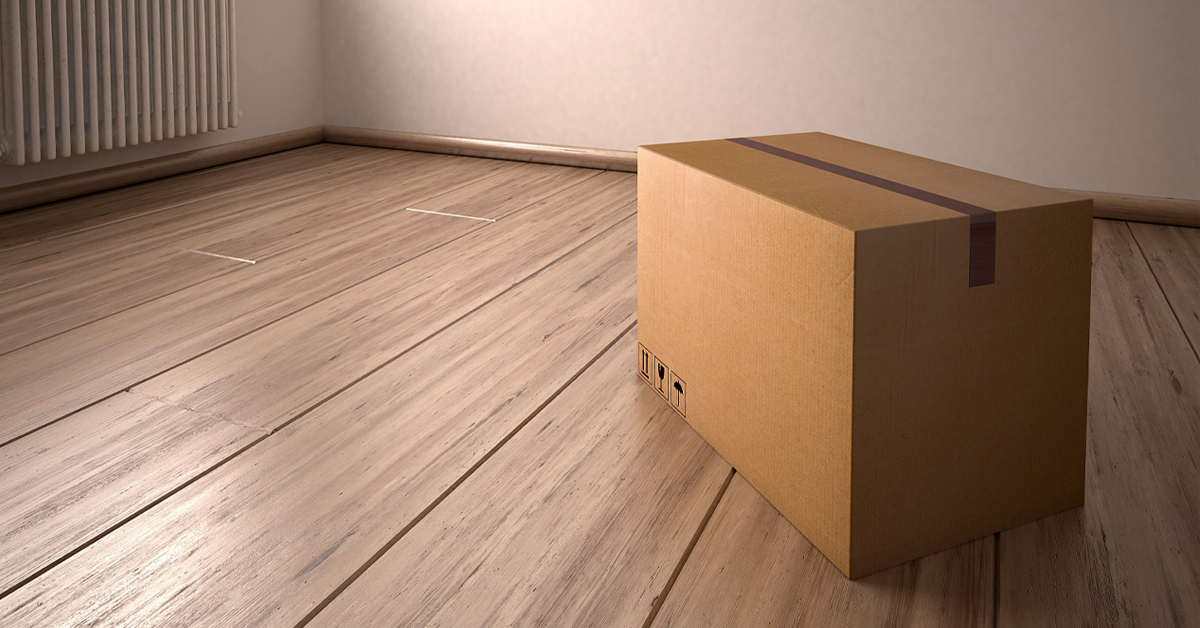4 Fun Writing Games for Kids

Does writing time produce a chorus of moans and groans from your children and teens? Now’s the perfect time to mix it up with fun writing games that help them improve their writing skills. Writing exercises provide great opportunities to inspire ideas, spark creativity, and stimulate vocabulary.
Writing Games for Kids
1) Sentence-Building
Here’s a fun sentence-building game that also reinforces parts of speech. You only need paper, colored pencils, and a pencil or pen. Before you know it, your children’s sentences will not only grow longer, but they’ll be much more interesting.
Directions
- Have players write “It moves” on a sheet of paper, placing a period at the end.
- Say: Change the pronoun to a concrete noun (add an article if necessary). Underline the concrete noun in red. (“The horse moves.”)
- Say: Change the verb to past tense. Underline the new verb form in green. (“The horse moved.”)
- Say: Add an “-ly” adverb that tells “how.” Circle the adverb in yellow. (“The horse moved gracefully.)
- Say: Add an adjective. Circle the adjective in pink. (“The agile horse moved gracefully.”)
- Say: Start the sentence with a preposition that tells “where.” Underline the preposition in orange. (“Over the hurdle, the agile horse moved gracefully.”)
- Say: Add another adjective. Circle the adjective in pink. (“Over the low hurdle, the agile horse moved gracefully.”)
- Say: Make all your nouns more concrete. Circle concrete nouns in blue. (“Over the low fence, the agile Lipizzaner moved gracefully.”)
- Say: Make the verb more concrete. Underline the verb in purple. (“Over the low fence, the agile Lipizzaner jumped gracefully.”)
- Say: Use the thesaurus to find a concrete word for a vague word. Circle your new concrete word in yellow. (“Over the low fence, the agile Lipizzaner vaulted gracefully.”)
- Say: Change your sentence structure to begin with a participle (add necessary words/phrases so it makes sense.) Circle the participle in brown. (“Vaulting gracefully over the low fence, the agile Lipizzaner took the lead.”)
Make it Practical
To apply this activity to real writing, use it to help your kids turn weak or awkward sentences into longer, stronger ones. When you come across a dull or poorly written sentence in one of their stories or reports:
- Show them how to reduce it to the most basic subject + predicate (or noun + verb).
- Play the sentence-building game until they’ve rebuilt a stronger sentence, one step at a time.
Additional Tips
Many of the steps can be rearranged and done in a different order to achieve different results.
Step 11 offers just one example of how to lengthen a sentence by starting it with a participle. Of course, you wouldn’t want your kids to start every sentence this way, so mix it up with different sentence starters or skip this step altogether.

2) Friendly Letter Boogie
The early elementary years are the perfect time to introduce children to writing a friendly letter. Part of writing a letter includes learning to format it properly. With all those headings, greetings, and signatures, this can get complicated for young children who are still just learning about writing sentences and paragraphs.
That’s why mnemonics, songs, fingerplays, and motion activities are so valuable at this age—they reinforce trickier concepts, help kids learn new skills, and help with recall.
Your children will enjoy this movement activity to help them remember the parts of a friendly letter.
Heading
At the very top of a friendly letter is the heading. The date goes here. Ask your child to pat her head to remember that the heading comes first.
Greeting
Second comes the greeting, such as “Dear Grandma.” Extend and shake hands to “greet” each other.
Body
Third is the body of the letter. Invite your child to wiggle her body to remember that the body of the letter comes next.
Closing
The closing appears at the bottom of the letter, where your child writes: “Love,” “Your friend,” or “Sincerely.” Tell her to close her feet together for the closing.
Signature
Finally, to help your child remember to add her signature to the bottom of the letter, have her sign her name on the floor with her foot.
Isn’t this a fun way to practice and remember? Each day that you work on writing a letter together have your children do the Friendly Letter Boogie. Before you know it, they’ll have mastered the steps of formatting a basic letter!

3) Toss the Pepperoni!
Reading books with simple storylines can help your K-3rd grader become a better writer. Every story has certain key elements: character, setting, problem, solution, beginning, middle, and end. But how can you help your child remember these elements and translate them into her writing?
Try tossing some pepperoni!
I’m not talking about a food fight, but a fun writing game for primary kids you can play with two or more players. Here’s how.
Make the Game Board
- Decorate a poster board with paint or markers to look like a giant pizza.
- Cut out the round pizza.
Make the Game Pieces
- Prepare “pepperoni slices” as game pieces to toss onto the pizza. For each player, cut out seven 4-inch circles from sturdy cardboard.
- To keep the pepperoni pieces separate, use a different color piece of cardboard for each player. (Alternatively, each player can color or mark one side of their game pieces with a sticker.)
- Label each set of pieces with the following words, one word per piece: character, setting, problem, solution, beginning, middle, and end.
Read a Picture Book
Choose a picture book to read to your child. Make sure there’s a storyline, not merely words or phrases. When finished:
- See if your child can identify the main character of the story.
- Ask your child to describe the story’s setting – when and where the events took place.
- Ask your child to identify the problem and solution.
- Discuss the beginning, the middle, and the end of the story.
Play the Game
Play a game together with your child to help her remember the important parts of the picture book you just read: character, setting, problem, solution, beginning, middle, and end.
- Place the giant pizza game board on the floor. Use a jump rope or piece of yarn to mark a line where players must stand when attempting to toss their game pieces onto the pizza.
- Take turns tossing game pieces like Frisbees. Before tossing a “pepperoni,” the player must read the word on the circle and give an example from the picture book that corresponds with the word. For instance, before your child tosses her game piece that is labeled “character,” she must name one of the characters in the story.
- The player with the most pepperoni slices on the pizza at the end wins the game.

4) Willy Worm Word Wall
This fun adjective game for young learners is the perfect way to introduce the concept of describing words to K-3rd graders. The Willy Worm Word Wall makes choosing adjectives and learning to describe meaningful for primary-age children.
Prepare the Circles
The first time you do this activity, you’ll need about a dozen 3-inch circles to make a Willy Worm Word Wall. But be prepared that each time you play, you’ll need more circles. Try one of these options:
- Use a circle punch to quickly punch out 3″ circles from cardstock or construction paper
- Buy pre-cut circles
- Cut circles from construction paper by tracing a 3-inch cardboard pattern or circle template.
Ways to Display Willy Worm: You can mount Willy Worm on a wall by taping the circles together in a line. Is space at a premium? Affix the circles to a large posterboard so the worm meanders back and forth across the sheet. Otherwise, make an even more temporary Willy Worm by laying out the circles on a counter or tabletop and scooping them into a zip-top bag when you’re done.
Draw a smiley face on the first circle to represent the worm’s face. On the first three blank circles, write various describing words (adjectives), one word per circle. Use words such as small, fast, yellow, soft, or bumpy.
Collect Some Objects
Gather a variety of small items in a shoe box, such as a kitchen timer, toy car, stuffed animal, pencil, and spoon.
Play the Game
Play this fun adjective game with your child to practice using words to describe things.
- Choose one object from the shoe box, but don’t show it to your child. Say 5-10 words or sentences that describe the object. Example: long, has a thin handle, made of metal, cold, has a round end that’s shaped like a little bowl, smooth, shiny, silver.
- Next, invite your child to try to guess what it is. (a spoon)
- Finally, reveal the mystery object. Ask your child to say one word that describes it. Write this word on the fourth circle of the Willy Worm Word Wall.
- Let your child pick an object from the box and describe it.
- Now it’s your turn to try to guess what it is. When your student shows you the object, choose one word that describes it to write on the next blank circle of the Willy Worm Word Wall.
Continue to add more describing words to the Willy Worm Word Wall as a handy reference for your child to use. As you play this fun adjective game over several weeks, either add more circles and make it longer or just write more than one word on each circle.